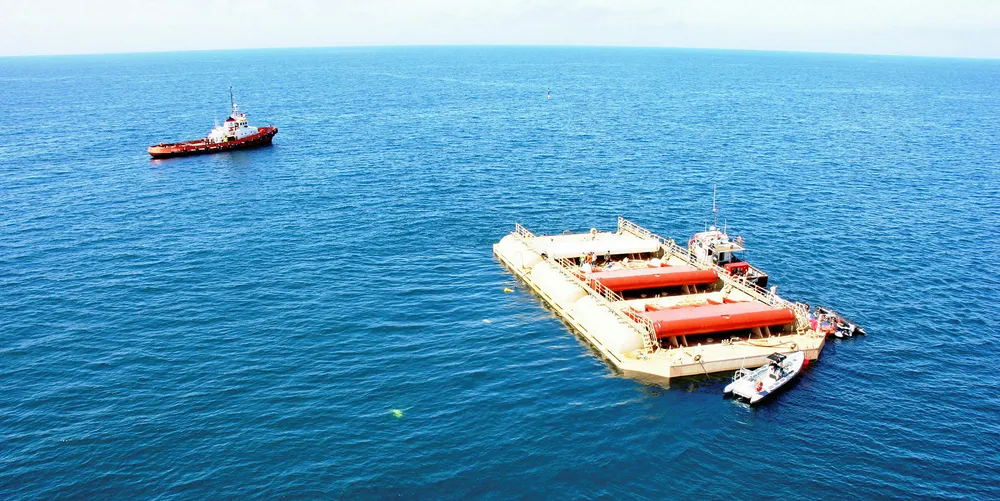Wave power will never be competitive, but tidal works: Liebreich
IN DEPTH | Wave technology is inherently inefficient, and while tidal energy is expensive, it is useful because of its predictability, Michael Liebreich tells Recharge.

IN DEPTH | Wave technology is inherently inefficient, and while tidal energy is expensive, it is useful because of its predictability, Michael Liebreich tells Recharge.
